INFRARED THERMOMETER
An infrared thermometer, also sometimes called a laser thermometer or non-contact thermometer, is a device that measures temperature by detecting infrared radiation emitted from an object. Unlike traditional thermometers that require contact with the object, infrared thermometers can measure temperature from a distance. Here’s a breakdown of how they work and their advantages:
How it Works:
- The thermometer has a lens that focuses infrared radiation emitted by the object onto a sensor.
- The sensor converts the infrared radiation into an electrical signal.
- The meter’s internal electronics process the signal and convert it into a temperature reading, which is displayed on the screen.
Benefits of Using an Infrared Thermometer:
- Non-Contact Measurement: A key advantage is that you can measure temperature without touching the object. This can be important for safety reasons, such as measuring the temperature of a hot oven or a hazardous material. It can also be useful for situations where contacting the object is difficult or impractical, such as measuring the temperature of a moving object or a very small object.
- Speed: Infrared thermometers are very fast at taking measurements. You simply point the thermometer at the object and take a reading within seconds.
- Versatility: They can be used to measure a wide range of temperatures, typically from -50°F to 2000°F or even higher depending on the model.
- Safety: Since they don’t require contact, they can be used to measure the temperature of hazardous materials or objects that are too hot or cold to touch safely.
Things to Consider When Using an Infrared Thermometer:
- Distance: It is important to hold the thermometer at the correct distance from the object being measured, as specified by the manufacturer’s instructions. Incorrect distance can lead to inaccurate readings.
- Surface emissivity: Different materials emit infrared radiation at different rates. Some thermometers allow you to adjust for emissivity to improve accuracy. If your thermometer doesn’t allow for emissivity adjustment, it often has pre-programmed settings for common materials such as metal, plastic, or wood.
- Target size: The thermometer measures the temperature of the area it is pointed at. For small objects, the size of the measurement area may be larger than the object itself, which can affect accuracy.
Applications:
Infrared thermometers are used in a variety of applications, including:
- Medical: Measuring body temperature for fever screening or monitoring health conditions. Note: It is important to note that some specific guidelines and devices are recommended for medical purposes, and an infrared thermometer may not always be the most accurate for internal body temperature readings.
- Cooking: Measuring the temperature of food for safety or to ensure proper cooking temperature.
- Industrial applications: Measuring the temperature of machinery, electrical components, or other industrial processes.
- Building maintenance: Checking for insulation leaks or overheating components in electrical panels.
- Automotive: Diagnosing engine problems or checking tire temperature.
Types of Infrared Thermometers:
- Single-point thermometers: These are the most common type of infrared thermometer. They take a single temperature measurement at a specific point.
- Imaging thermometers: These thermometers create a thermal image of the object being measured, which can be helpful for identifying hot or cold spots.
Choosing an Infrared Thermometer:
When choosing an infrared thermometer, consider these factors:
- Temperature range: Choose a thermometer that has a range that covers the temperatures you need to measure.
- Accuracy: Higher accuracy is better, especially for critical applications.
- Features: Decide which features are important to you, such as laser sighting for targeting the measurement area, emissivity adjustment, or the ability to store readings.
- Price: Infrared thermometers can range in price from around $20 for basic models to several hundred dollars for high-end models with advanced features.
Overall, an infrared thermometer is a versatile tool that can be used for a variety of temperature measurement tasks. They are a safe, fast, and convenient way to measure temperature without making contact with the object.
• CE approval
• Temperature measurement range: -50°C~550°C
(-58°F~1022°F)
• LCD color display screen with back light
• Response time<0.5S
• Laser:<1mW(630nm~650nm) 12 point
• Auto power off
• Low battery power indication
• Data hold
• Temperature upper / lower limit alarm
• Battery : 6F22 (9V) included
• Packing: color box
| STOCK NO. |
TEMPERATURE
MEASUREMENT RANGE |
QTY./CARTON |
| 35196 |
-50°C~550°C
(-58°F~1022°F) |
10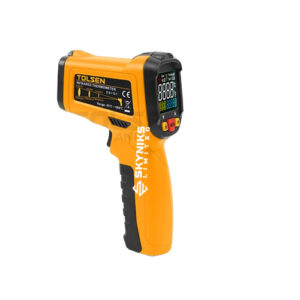 |



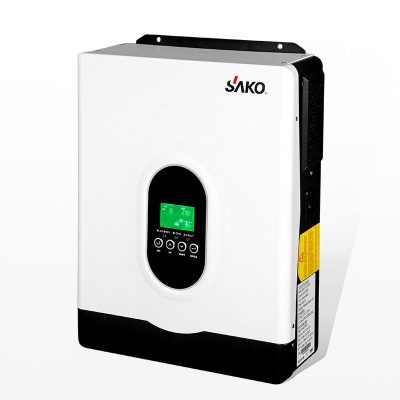
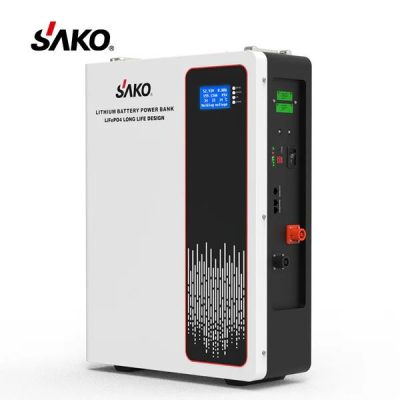

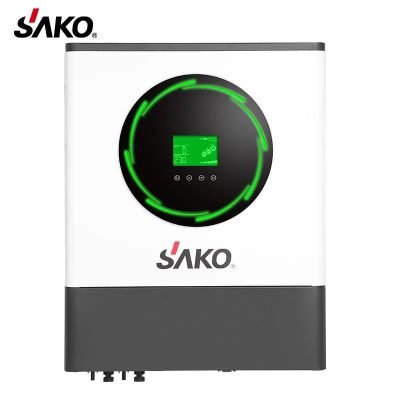
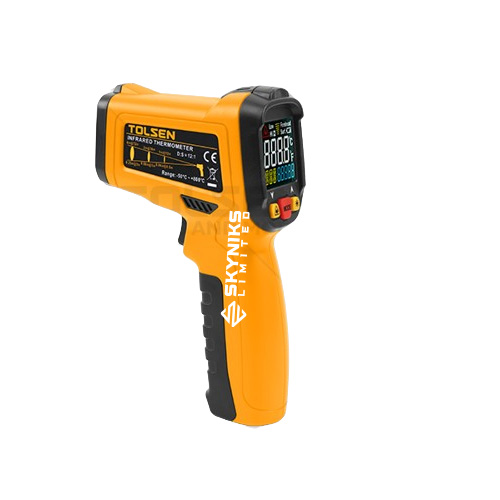

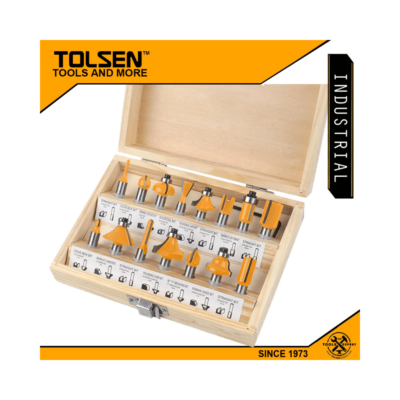
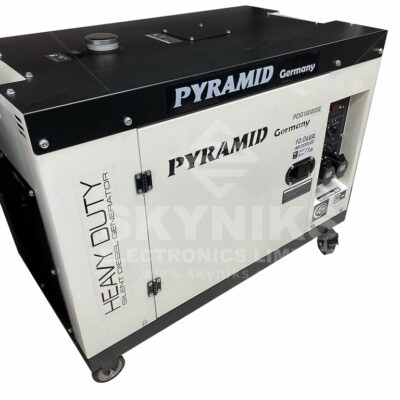
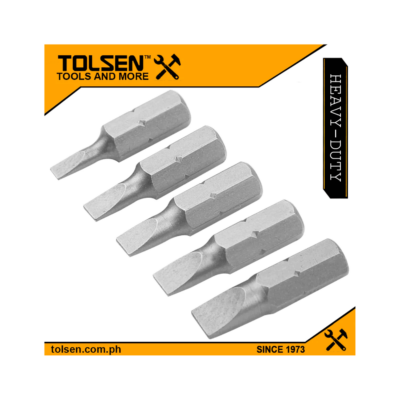
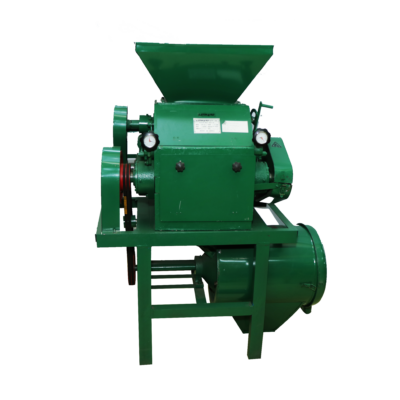
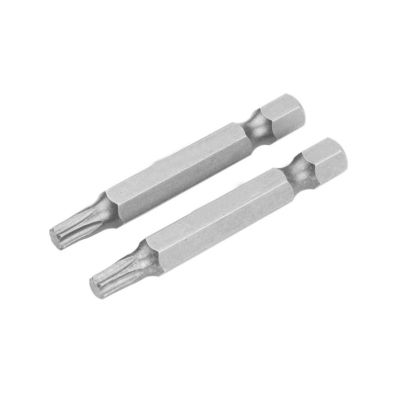
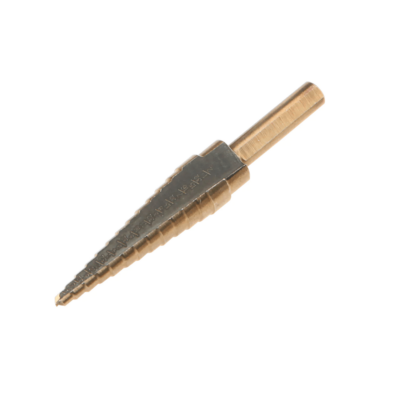
Reviews
There are no reviews yet.